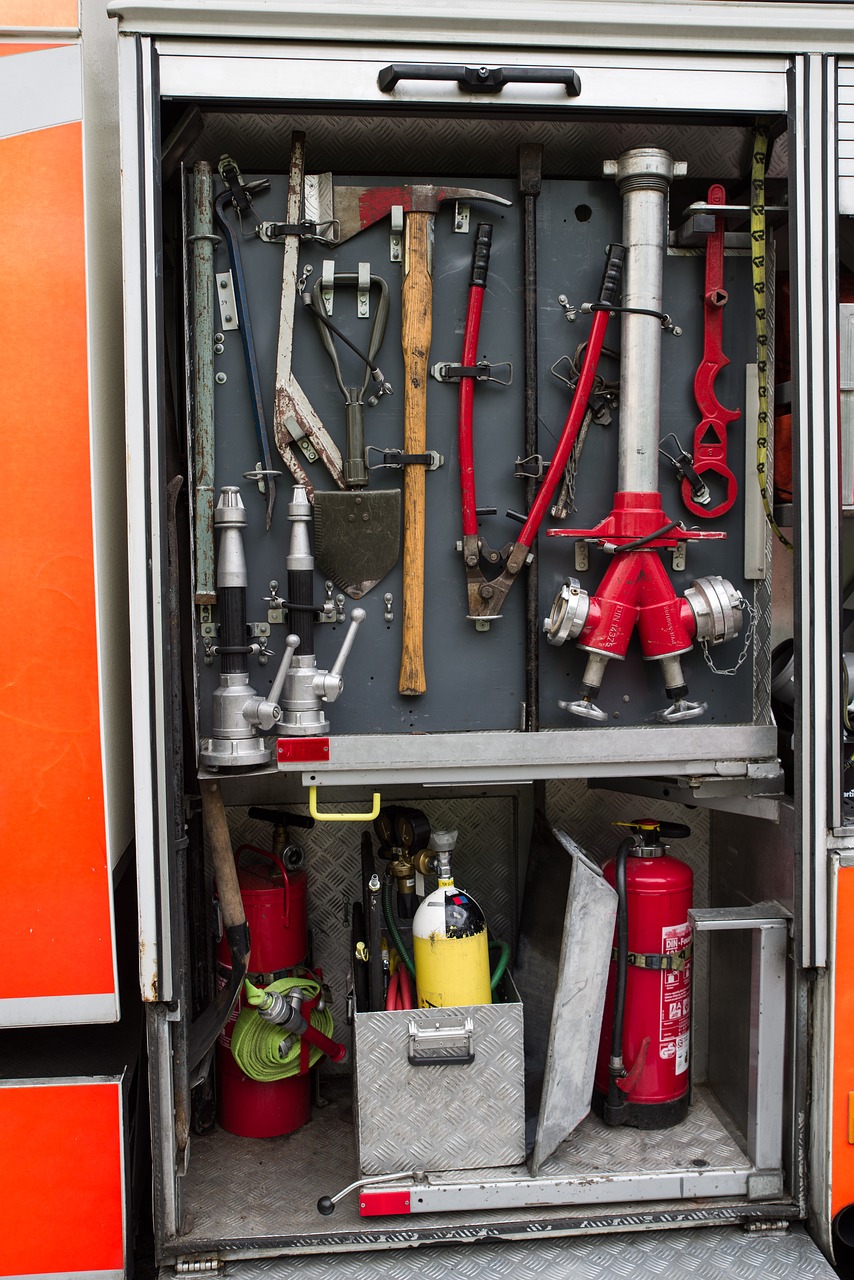Most emergency response situations require efficient and effective communication and coordination, and having the right Incident Command Vehicle is crucial for ensuring a seamless response. In this blog post, we will discuss the importance of selecting the appropriate command vehicle for your organization’s needs, key features to consider when making this critical decision, and how having the right vehicle can enhance your emergency response capabilities.
Understanding Incident Command Vehicles
Definition and Purpose of ICVs
An Incident Command Vehicle (ICV) is a specialized vehicle equipped with communication and command capabilities that serves as a mobile command center during emergency situations. It is designed to support incident commanders in maintaining control and coordination of resources at the scene of the incident.
The Role of ICVs in Various Emergency Scenarios
Incident Command Vehicles play a crucial role in various emergency scenarios such as natural disasters, large-scale accidents, and public safety incidents. They provide a central location for incident commanders to oversee operations, communicate with responding agencies, and make critical decisions in real-time to ensure an effective response and efficient management of the incident.
Key Components of an Effective Incident Command Vehicle
Communication Systems and Equipment
Incident Command Vehicles are equipped with state-of-the-art communication systems and equipment to ensure seamless coordination during emergencies. These vehicles are typically outfitted with two-way radios, satellite phones, intercom systems, and internet connectivity to maintain contact with all involved parties.
Spatial Design and Ergonomics
An efficient spatial design and ergonomic layout are crucial components of an effective Incident Command Vehicle. The interior of the vehicle is strategically designed to optimize workflow and ensure comfort for personnel operating within. Multiple workstations, ergonomic seating, ample storage space, and proper lighting are some features that enhance operational efficiency during critical situations.
Operational Readiness and Maintenance
Regular Maintenance Schedules for ICVs
With any Incident Command Vehicle (ICV), regular maintenance is crucial to ensure its operational readiness at all times. Scheduled maintenance checks should be performed on a routine basis to identify any potential issues and address them promptly. This proactive approach will help prevent breakdowns during critical situations and maintain the vehicle in optimal working condition.
Training and Drills for ICV Operators
An important aspect of ensuring operational readiness of an ICV is providing adequate training and conducting regular drills for operators. Proper training enables operators to familiarize themselves with the vehicle’s features and capabilities, as well as enhances their ability to handle emergency situations effectively. Regular drills help operators stay sharp, practice response protocols, and ensure seamless coordination in high-pressure scenarios.
Training should include operating procedures, communication protocols, navigation skills, and scenario-based exercises to simulate real-world incidents. By investing in continuous training and drills for ICV operators, emergency response teams can enhance their effectiveness and readiness to manage various incidents effectively.
Technological Advancements and Upgrades
Innovations in ICV Design and Functionality
An influx of technological advancements has revolutionized Incident Command Vehicles (ICVs) in recent years. These advancements have led to the development of more versatile and efficient ICVs that cater to the specific needs of emergency response teams. An increased focus on better communication systems, enhanced connectivity, and improved storage solutions has transformed the way ICVs operate in the field.
Integrating New Technologies into Existing ICVs
Existing ICVs can benefit greatly from integrating new technologies to enhance their capabilities. By incorporating advanced communication tools, real-time data analysis software, and upgraded navigation systems, older ICVs can be modernized to meet current emergency response challenges. With the right upgrades, existing ICVs can continue to be valuable assets in the field, ensuring better coordination and efficiency during critical incidents.
Conclusion
To wrap up, selecting the right incident command vehicle is crucial for effective emergency response operations. Consider factors such as size, equipment, communication capabilities, and mobility when making your decision. It is vital to ensure that your command vehicle is equipped to support your team during critical situations and enable efficient coordination of resources. By carefully assessing your needs and choosing the appropriate vehicle, you can enhance your organization’s readiness and response capabilities to better handle emergencies and protect your community.

